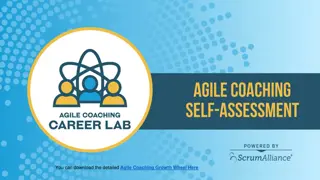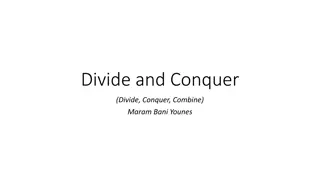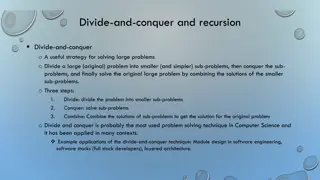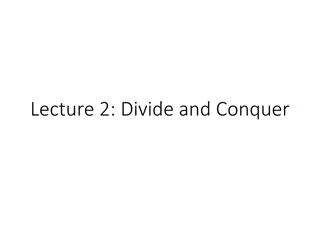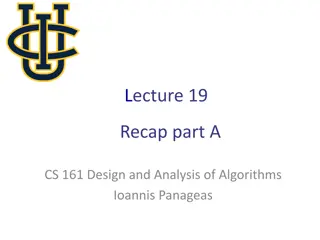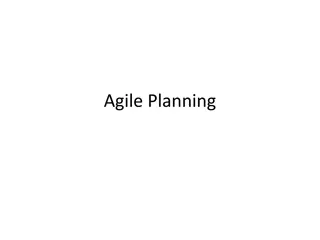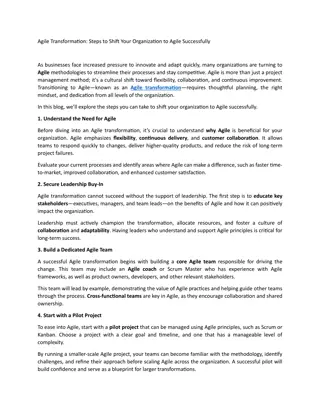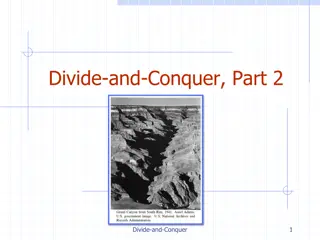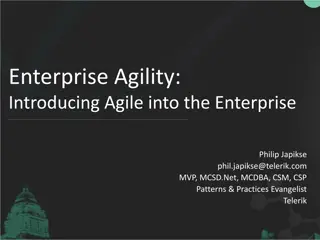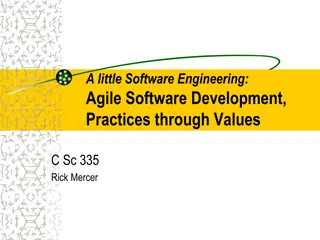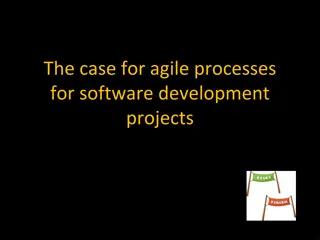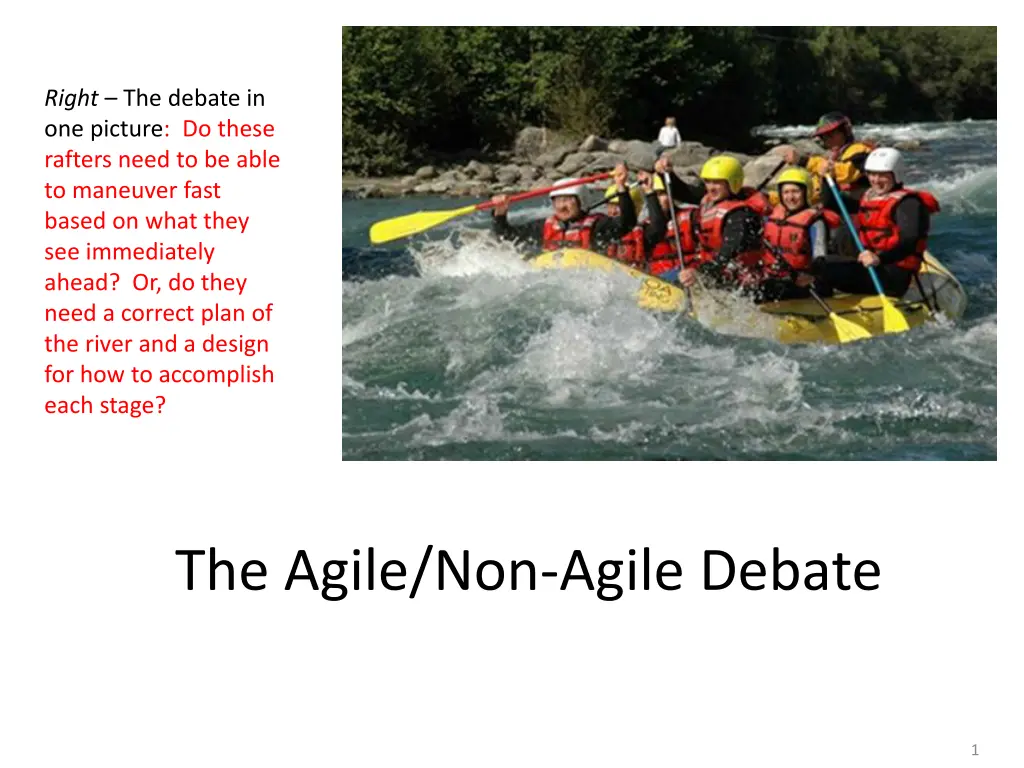
Understanding Agile vs Non-Agile Debate Through Visual Representations
Explore the Agile vs Non-Agile debate through a series of thought-provoking images and questions related to project management, customer collaboration, software development, and configuration management. Delve into the nuances of managing projects in different scenarios and the importance of adaptability in modern workflows.
Uploaded on | 1 Views
Download Presentation

Please find below an Image/Link to download the presentation.
The content on the website is provided AS IS for your information and personal use only. It may not be sold, licensed, or shared on other websites without obtaining consent from the author. If you encounter any issues during the download, it is possible that the publisher has removed the file from their server.
You are allowed to download the files provided on this website for personal or commercial use, subject to the condition that they are used lawfully. All files are the property of their respective owners.
The content on the website is provided AS IS for your information and personal use only. It may not be sold, licensed, or shared on other websites without obtaining consent from the author.
E N D
Presentation Transcript
Right The debate in one picture: Do these rafters need to be able to maneuver fast based on what they see immediately ahead? Or, do they need a correct plan of the river and a design for how to accomplish each stage? The Agile/Non-Agile Debate 1
Who would you like to manage you? A collaborator who spends a lot of time getting your input, and blends that at the time with what the customer wants to do? Or, A technical / managerial expert who knows what to tell you to do next, based on a plan? What are you used to, here at Rose? 2
A personal version of the story thus far 1999 1995 1975 Mainframe vendor IBM, building basic software for the world. Large software projects for the US military. Small teams who need to get custom software out fast for one client. How would the nature of the work relate to the advice? 3
Old School is not Non-iterative Requirements never change Process is always good Focus on the differences described in the Agile manifesto Individuals and interactions over processes and tools Working software over comprehensive documentation Customer collaboration over contract negotiation Responding to change over following a plan Is the customer collaboration essential to Agile? 4
Visibility What is Philips saying? Is he right? How does it related to: Individuals and interactions over processes and tools Working software over comprehensive documentation Customer collaboration over contract negotiation What if the project lasts 20 years, like Adobe Acrobat? 5
What is CM? Software Configuration Management, but let me say slightly more than just that: It s managing all the artifacts that add value to the project (for you or for the customer). That especially includes managing the code. It also includes managing other artifacts key to success of the product, like design, tests, requirements. Why is configuration management easier with Agile development? 6
Configuration Management Relates to: Responding to change, over following a plan. Also relates to: Doing development like OO software is supposed to be designed: Work on one set of related things at a time. Things that mean something to you and to the customer. Is this an advantage, even if you have to maintain other documents besides the code? 7
Phillips CM Scheme Configuration Control Boards (CCB s) agree on baselines at each project stage. Everyone works off those artifacts as what we should be doing. Perfecting and preserving the documents has high value. The other meaning of CCB is Change Control Board. How would that differ? 8
What do the agile and old school methods agree on? We need to deliver a product with value for the customer(s). In a competitive situation, more value, sooner. That delivery is (usually) part of a larger marketing strategy. To keep a stable group of customers happy, and To attract new customers in some market niche. 9
12 Agile Principles Our highest priority is to satisfy the customer through early and continuous delivery of valuable software. Welcome changing requirements, even late in development. Agile processes harness change for the customer's competitive advantage. Deliver working software frequently, from a couple of weeks to a couple of months, with a preference to the shorter timescale. Business people and developers must work together daily throughout the project. Build projects around motivated individuals. Give them the environment and support they need, and trust them to get the job done. At regular intervals, the team reflects on how to become more effective, then tunes and adjusts its behavior accordingly. The most efficient and effective method of conveying information to and within a development team is face-to-face conversation. Working software is the primary measure of progress. Agile processes promote sustainable development. The sponsors, developers, and users should be able to maintain a constant pace indefinitely. Continuous attention to technical excellence and good design enhances agility. Simplicity--the art of maximizing the amount of work not done--is essential. The best architectures, requirements, and designs emerge from self-organizing teams. What does self-organizing mean? 10
Where each is stronger my list Agile: Building off close collaboration with one customer. Getting a product with significant value out faster. Building with a small team working closely together. Iterative delivery by a single organization who come to have the knowledge in their heads. What s important can only be discovered incrementally. What s a perfect example of an Agile-friendly project? Old school: Building a general product to address a wide customer base. Building off standards and consistent design principles. Managing a large project with lots of interdependent pieces. Product releases over a long period of time, by rotating staff who rely on documentation. Goals and rules well known at the start. What s a perfect example of an Old-school-friendly project? Do it when the cost of rework is high. Big surprises would be awful. We d be starting over. Do it when the cost of rework is low. Dealing with things ad hoc mostly works. We call it refactoring. 11
What I want you to take away Agile and non-agile approaches have some of the same goals and techniques And they also have some really key disconnects: The extent to which design and documentation is prized over face to face communication OR code The amount of control/review that s deemed important in the process Scaling and difficulty is a big question here: How far can an ad hoc process take you? 13
And This isnt just about Agile vs Old School Every software organization you will ever work in thinks their entire software process is right, or right for what we do. At Lucent, we did a large study, discovering that, for us, creating a detailed design before coding didn t improve the quality of the product. So, after decades, we finally stopped doing that step. It saved a lot of time on each project. Even after the study, was there resistance to that change? 14

